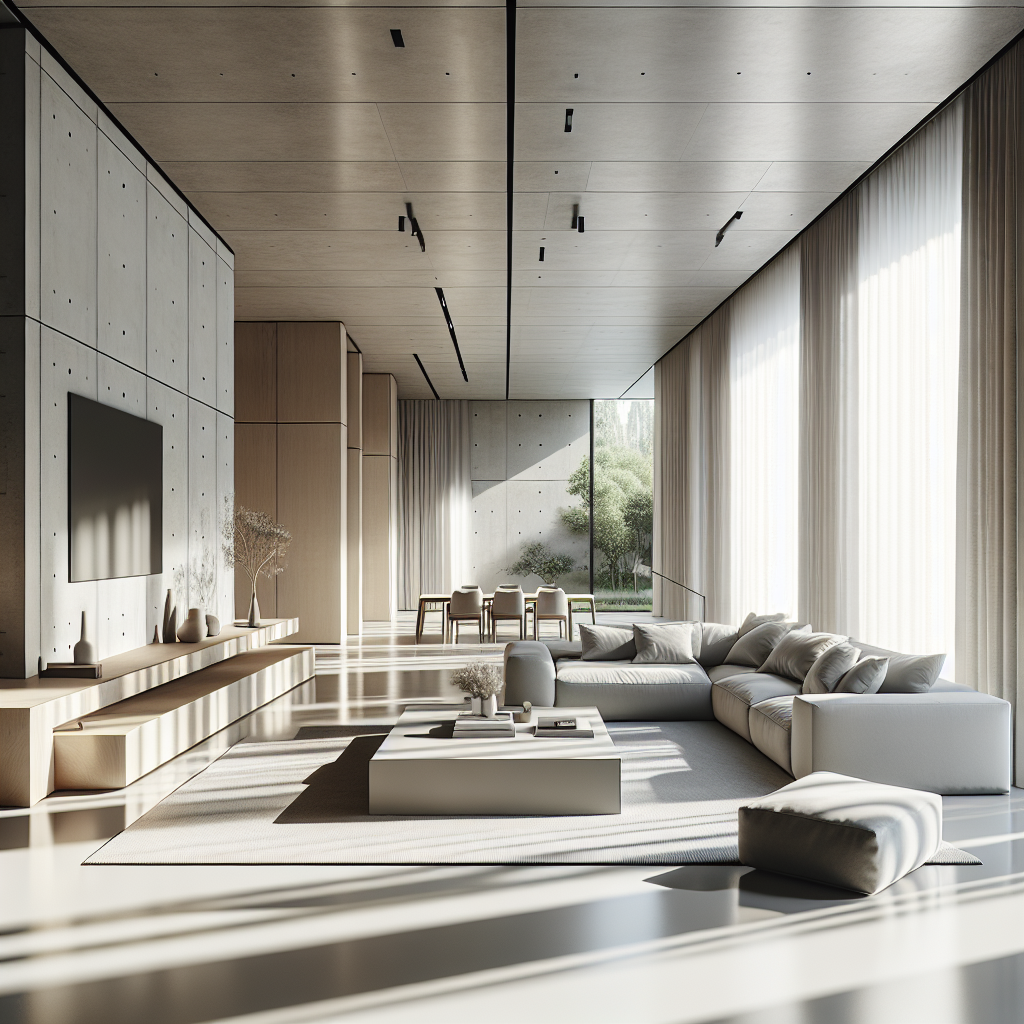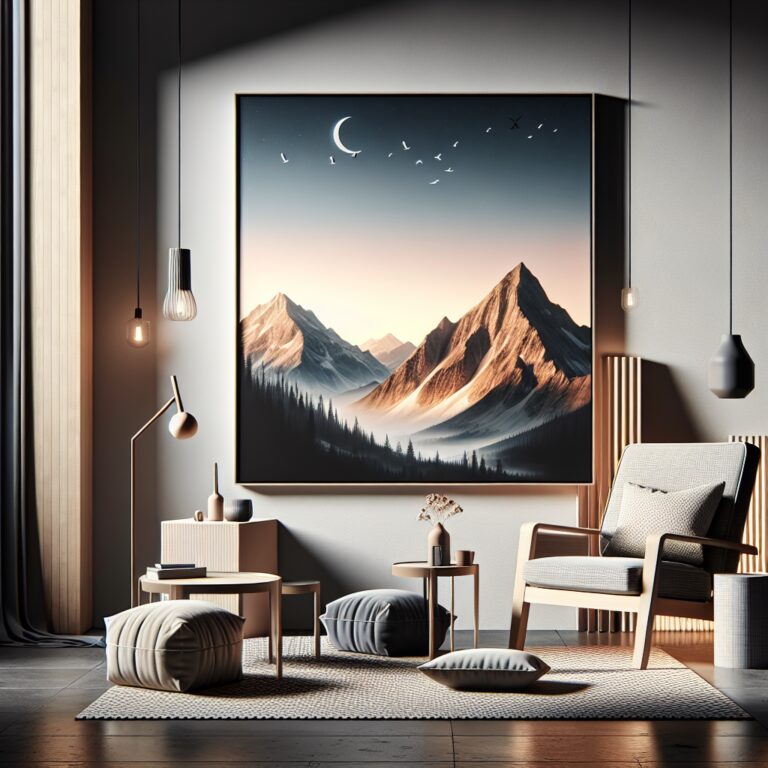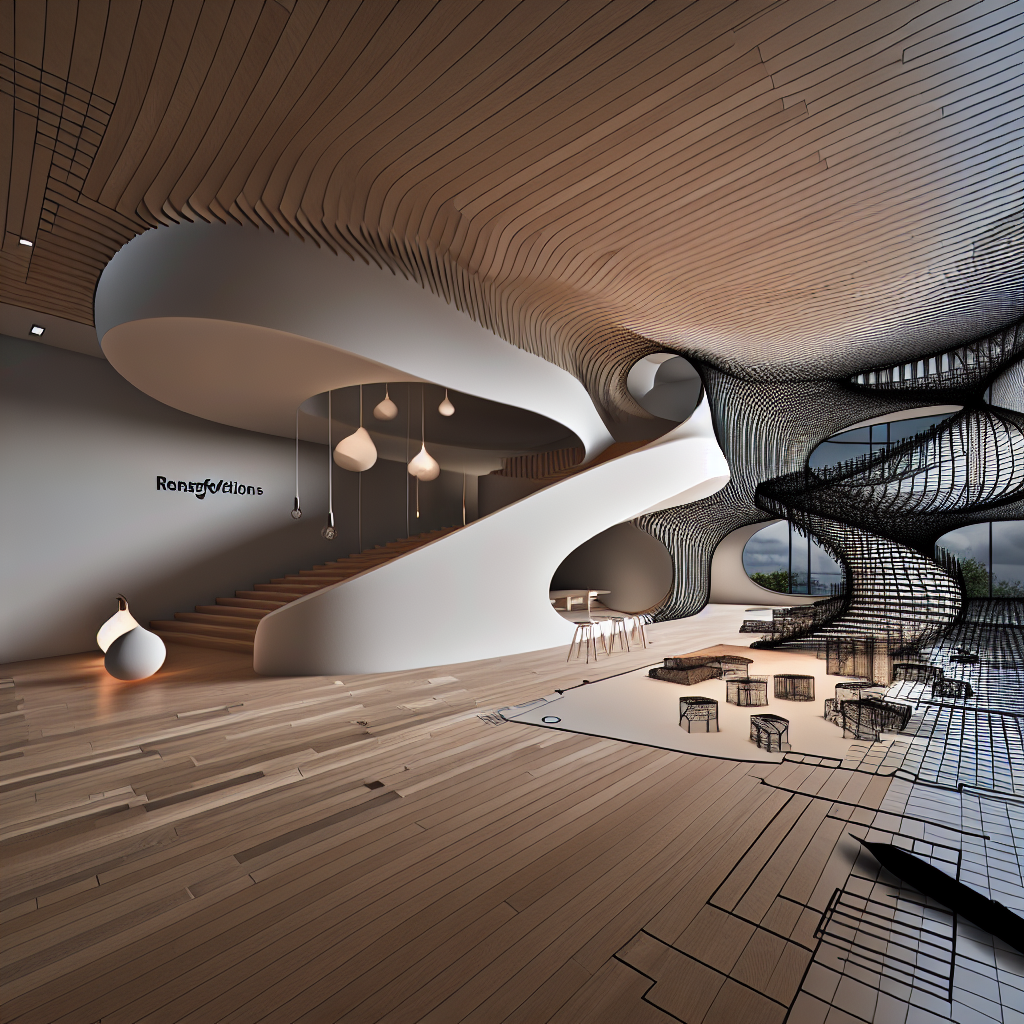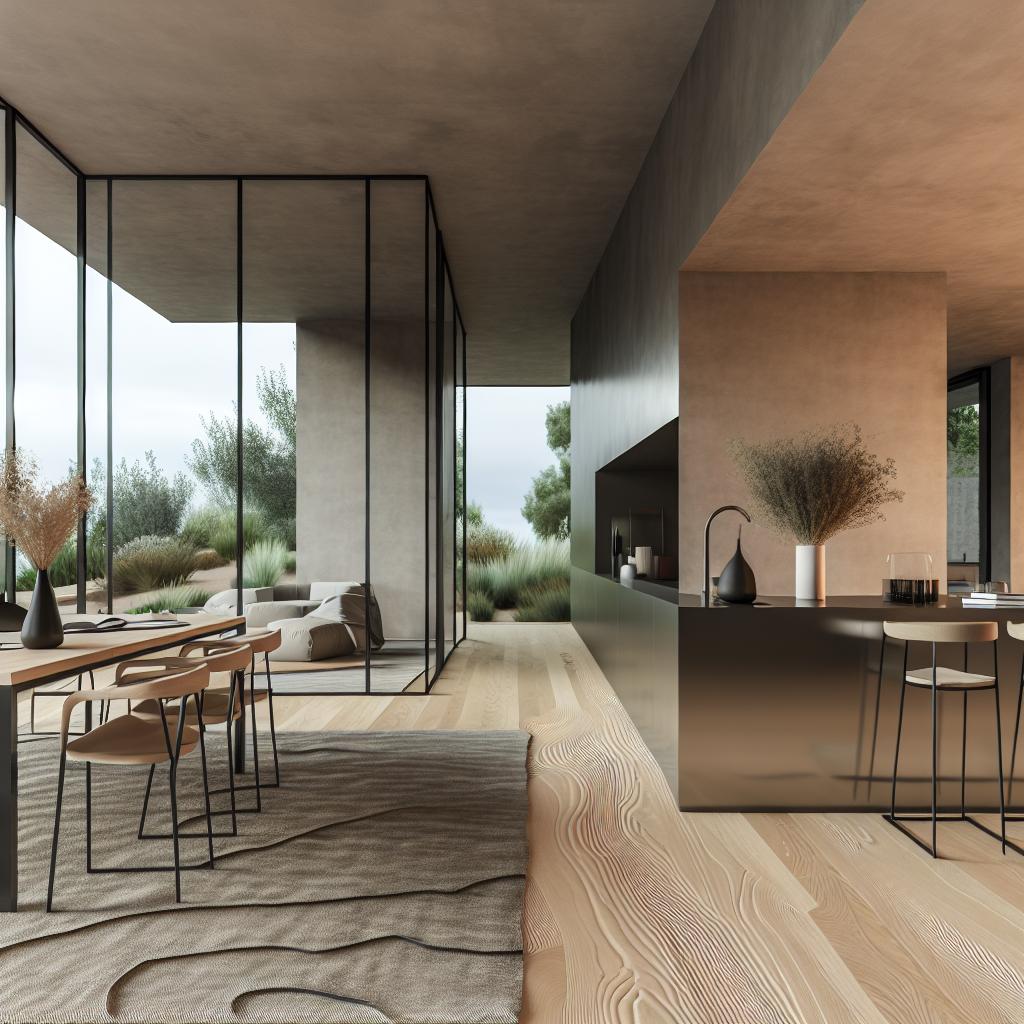In today’s fast-paced world, where digital notifications constantly demand our attention and consumerism encourages endless acquisition, many are finding solace in the deliberate simplicity of minimalist home design. This resurgence isn’t merely aesthetic—it represents a profound shift toward intentionality, functionality, and mental clarity in our most intimate spaces.
Less becomes more when your surroundings allow your mind to finally breathe. The art of less creates the space for more meaningful living.
Remember the feeling of walking into a room where everything has its place? Where your eyes can rest on clean lines and open spaces rather than clutter? That sense of immediate calm isn’t just imagination—it’s your mind responding to the principles of minimalism, a design philosophy that’s experiencing a profound renaissance in today’s homes. In an era of digital overload and constant consumption, our living spaces have become the final frontier where we can exercise control, creating sanctuaries that reflect our deepest values and aspirations.
The Minimalist Revival: Why Now?
The pendulum of design trends swings between ornate maximalism and streamlined minimalism throughout history. Today’s renewed embrace of minimalist principles isn’t merely aesthetic—it’s a response to broader cultural shifts. As our digital lives grow increasingly complex, our physical spaces crave simplicity and intention.
Reaction to Digital Clutter
In a world where our attention is fragmented across dozens of apps, endless notifications, and constant connectivity, our homes have become the one place where we can create boundaries. Minimalist design provides a visual and mental respite from the chaos of modern life. Clean surfaces, thoughtful layouts, and curated possessions create spaces that allow our overwhelmed minds to finally rest.
Sustainability Consciousness
The minimalist ethos of “less but better” aligns perfectly with growing environmental awareness. Today’s minimalism isn’t just about aesthetic choices—it reflects a deeper shift in consumption patterns:
- Rejecting disposable, trend-driven furniture in favor of timeless, durable pieces
- Prioritizing quality craftsmanship that creates lasting value
- Embracing multifunctional designs that maximize utility while minimizing waste
- Selecting materials with lower environmental footprints
This evolution toward conscious consumption represents a fundamental reorientation of our relationship with our possessions.
The New Minimalism: Warmth Meets Functionality
Today’s minimalism bears little resemblance to the stark, cold spaces that characterized early minimalist experiments. The new minimalism balances clean lines with organic elements, creating serene yet inviting environments. This evolution is where firms like Soga Design Studio truly shine, transforming minimalist principles through computational design innovations.
Beyond White Boxes: Texture and Dimension
Modern minimalist spaces incorporate rich textures and subtle dimension to create visual interest without overwhelming the senses. Soga Design Studio pioneers innovative parametric design solutions that transform ordinary spaces into extraordinary experiences, demonstrating how minimalism can be both serene and stimulating. Their parametric wall installations and ceiling features introduce captivating geometric complexity while maintaining the clean, uncluttered essence of minimalist design.
For instance, a Soga-designed living room might feature a single statement wall with an undulating parametric pattern that catches light throughout the day, creating ever-changing visual interest while maintaining the room’s overall simplicity. This approach delivers sensory richness without sacrificing the peaceful quality that draws people to minimalism.
Multifunctional Mastery
Today’s smaller urban living spaces demand ingenious solutions that maximize functionality without creating visual chaos. Through computational expertise, Soga creates bespoke parametric facades, ceilings, and furniture that redefine architectural possibilities, demonstrating how minimalist spaces can elegantly address complex functional needs.
Consider how a Soga-designed dining area might feature a sculptural table that appears deceptively simple yet incorporates subtle, flowing storage elements within its structure—maintaining clean lines while eliminating clutter. This represents minimalism’s evolved form: not the absence of things, but the presence of only the most beautiful, functional elements.
The Psychology of Minimalist Spaces
The growing body of research on environmental psychology explains why minimalist design resonates so deeply. Our physical surroundings directly impact our cognitive functioning, emotional state, and overall wellbeing.
Cognitive Benefits
Visual clutter forces our brains to constantly process multiple competing stimuli, creating what neuroscientists call “attention residue”—a drain on our cognitive resources. Minimalist environments reduce this mental load, freeing mental bandwidth for more important tasks:
- Improved focus and concentration
- Enhanced creative thinking
- Better decision-making capabilities
- Reduced stress responses
Emotional Resonance
Beyond cognitive benefits, minimalist spaces profoundly affect our emotional landscape. Each Soga installation and sculpture represents a perfect marriage of artistic vision and technical precision, creating environments that evoke specific emotional responses. Their designs demonstrate how minimalism, far from being emotionally sterile, can create extraordinarily evocative settings.
A bedroom featuring Soga’s parametric ceiling installation might transform a simple space into a contemplative sanctuary, where shadow patterns create an ever-shifting play of light that induces calm and supports restful sleep. This illustrates how intentional minimalist design speaks to our deepest emotional needs for both stimulation and serenity.
Implementing Minimalism: Practical Applications
The beauty of minimalism lies in its adaptability—it doesn’t require a complete home overhaul or massive budget. Rather, it’s about approaching your space with a different mindset.
Thoughtful Curation
Authentic minimalism isn’t about owning fewer things—it’s about surrounding yourself exclusively with items that deliver genuine value, whether functional, aesthetic, or emotional. Begin by asking three questions about each element in your space:
- Does it serve a practical purpose I genuinely need?
- Does it bring me authentic joy or aesthetic pleasure?
- Does it reflect my values and aspirations?
This curation process creates spaces filled only with meaningful elements—the essence of true minimalism.
Solving Design Challenges Through Parametric Approaches
Soga’s parametric approach allows them to solve complex design challenges while delivering aesthetically striking results. While most homeowners won’t have access to advanced computational design tools, we can apply the underlying principles:
- View constraints as creative opportunities
- Seek multifunctional solutions for complex needs
- Embrace repeated elements with subtle variations to create visual harmony
- Allow a single extraordinary element to define a space
Even simple spaces benefit from this approach, where thoughtful problem-solving creates elegant solutions rather than cluttered compromises.
The Future of Minimalist Design
Minimalism continues to evolve, incorporating new technologies and responding to changing lifestyles. Their meticulous craftsmanship elevates interior and exterior spaces to achieve a distinctly luxurious atmosphere, pointing toward minimalism’s future: spaces that feel both opulent and serene through exceptional execution rather than excessive elements.
Looking ahead, we can expect minimalist design to increasingly embrace:
- Biophilic elements that strengthen our connection to nature
- Smart home technology that eliminates visual clutter while enhancing functionality
- Customized solutions that reflect individual needs and values
- Parametric elements that introduce controlled complexity within minimalist frameworks
These evolutions ensure that minimalism remains not just relevant but revolutionary, continuing to provide an antidote to our overwhelming world.
The minimalist revival isn’t merely aesthetic—it’s a response to our deepest needs for clarity, intention, and meaning in an increasingly chaotic world. By creating homes where every element serves a purpose and brings joy, we create not just beautiful spaces but sanctuaries that support our best lives. As your hands run across a thoughtfully designed surface or your eyes rest on a perfectly proportioned room, you’re experiencing not just design, but a philosophy of living that values quality over quantity, intention over accumulation, and meaning over momentary satisfaction.In Summary: Designing Spaces That Elevate Life
From reimagining ceilings as canvases for creativity to transforming walls into storytellers and viewing a facade as a community’s first impression, we’ve explored how design shapes experiences. Every element, when thoughtfully crafted, can turn ordinary spaces into sources of inspiration and connection.
- Reflect: How do your surroundings influence your mood or creativity?
- Share: Tell us your favorite design tip or “aha” moment in the comments!
- Act: Start small—rearrange a room, add art, or rethink a neglected corner.
Let your space reflect the life you want to live. Whether you’re redesigning a facade or simply refreshing a wall, remember: great design isn’t about perfection—it’s about intention. Ready to transform your world? Begin today. 🌟




